Roadmap: Navigating your learning process
On this page you find:
- tips for navigating within a study unit;
- a way to work on your learning process step by step;
- how to earn your study credits!
Step 1: Clarifying expectations
Clarify with your lecturers, fellow students, and experts in the working field what the learning
outcomes of this study unit mean.
You determine together how this study unit contributes to your development as a professional. You’ll then understand what is expected of you and what you must know and be able to do to demonstrate the learning outcomes in your portfolio.
What if I don't immediately know what is expected of me?
That’s okay: it’s a natural part of the process. Continue to engage with lecturers, fellow students, and experts in the field of work, and you’ll gain clarity. In this way, you create a joint understanding of what the learning outcomes mean to you.

- Why are these learning outcomes important to my development into a professional?
- Can I explain the learning outcomes in my own words?
- Does my understanding of the expectations match that of my fellow students, lecturers, and experts in the working field?
- How can I demonstrate the learning outcomes?
- Is there any mandatory evidence, such as a (knowledge) test that I must pass?
- Are there examples of evidence available that I can consult for inspiration?
- Is there an assessment model or rubric available?
- What criteria should my portfolio as a whole meet? Consider the criteria below
- Do I know at what level I am expected to demonstrate the learning outcomes?
- Who do I ask for feedback on the criteria I set for myself?
A learning outcome describes the knowledge, skill, and professional attitude you demonstrate at the end of a unit of study.
A portfolio is a collection of evidence/material created by you that reflects your progress and development.
The criteria:
- Variety;
- Relevance;
- Authenticity;
- Topicality;
- Quantity;
- Quality;
- Accessibility.
Step 2: Making plans
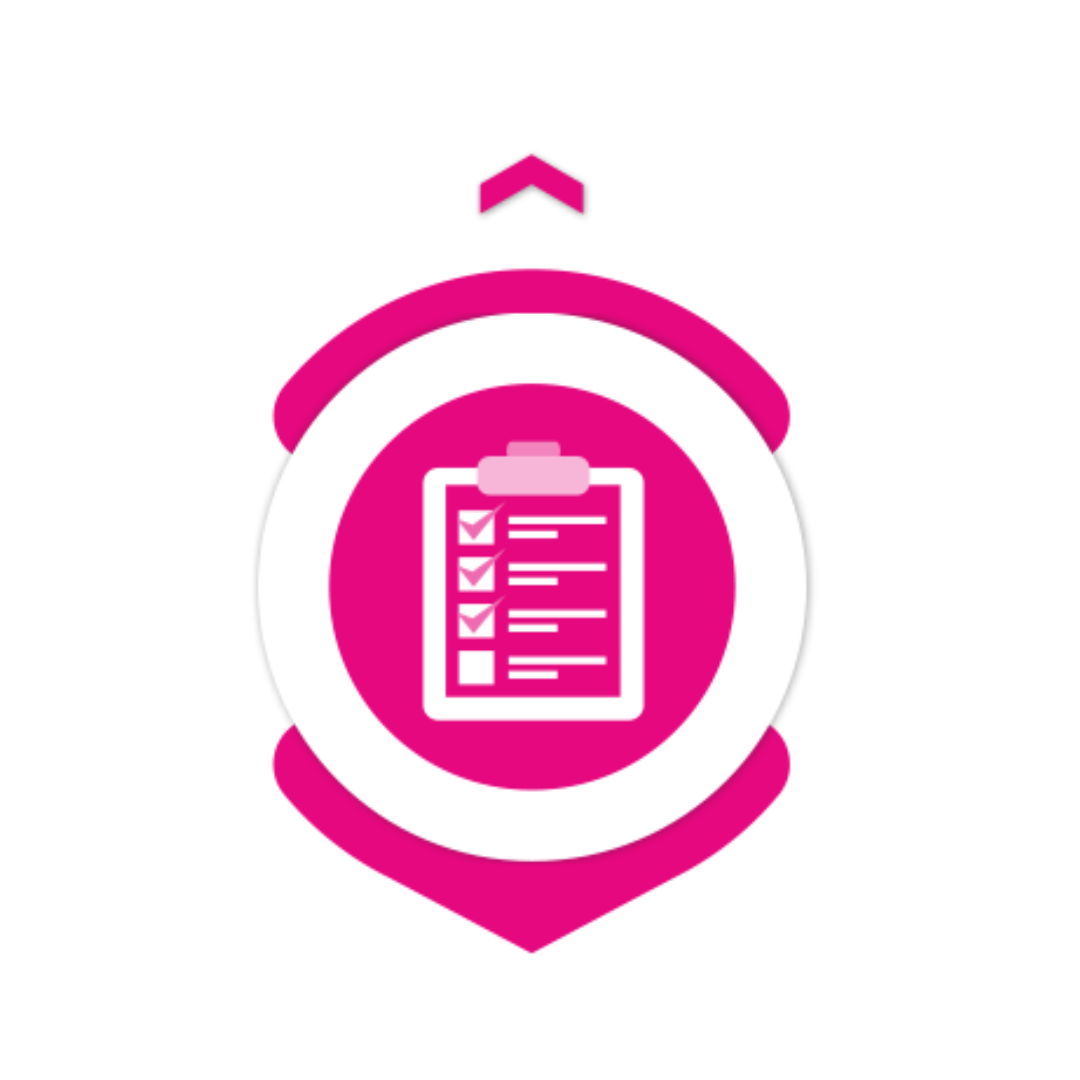
Once you have clarified expectations, it’s time to start thinking about how you want to go about learning during the study unit in question. Consider what previously acquired evidence can be used, such as assignments, studies, certificates, or experiences. Think about what activities you will undertake that are relevant for your learning outcomes, and where and with whom you will do that.
All these plans are documented in a learning plan. Learning is something you do together with fellow students, lecturers, and experts in the field of work. You consult with them about your dynamic learning plan.
What if I don't immediately have ideas about how I will learn?
Lecturers, fellow students, and experts in the working field can brainstorm with you, inspire you, and give you confidence that your learning plan fits the study unit with learning outcomes.
- Where am I now in relation to the learning outcomes? What can I do or am I already doing? For example, do I already have a testimonial or certificate?
- How will I learn?
- Where will I learn (within and outside my study programme)?
- Who do I need for this and with whom will I work?
- What can I expect from experts in the field of work, lecturers, and fellow students, and what can they expect from me?
- At what times does it make sense to get feedback or engage in feedback dialogue?
- How do I summarise this in a dynamic learning plan?
- Does what I intend to undertake help demonstrate the learning outcomes of this study unit?
Step 3: Trying, practising and learning
Here you get to work on implementing your dynamic learning plan: you immerse yourself in literature, talk to experts, gain practical experience, work on a report, attend a class or tutorial, etc. In short, you challenge yourself, you experiment, you practise. You might stumble on your way. That’s okay, you learn from that. Lecturers and experts in the field of work monitor and support your growth and challenge you. Your fellow students take the journey with you.
How do I handle asking for, receiving, and giving feedback?
Youadjust your own development in relation to the learning outcomes based on feedback you request, receive, and give. You learn a lot from giving feedback to your fellow students. In requesting, receiving, and giving feedback you will be guided where needed so you can develop yourself and learn.
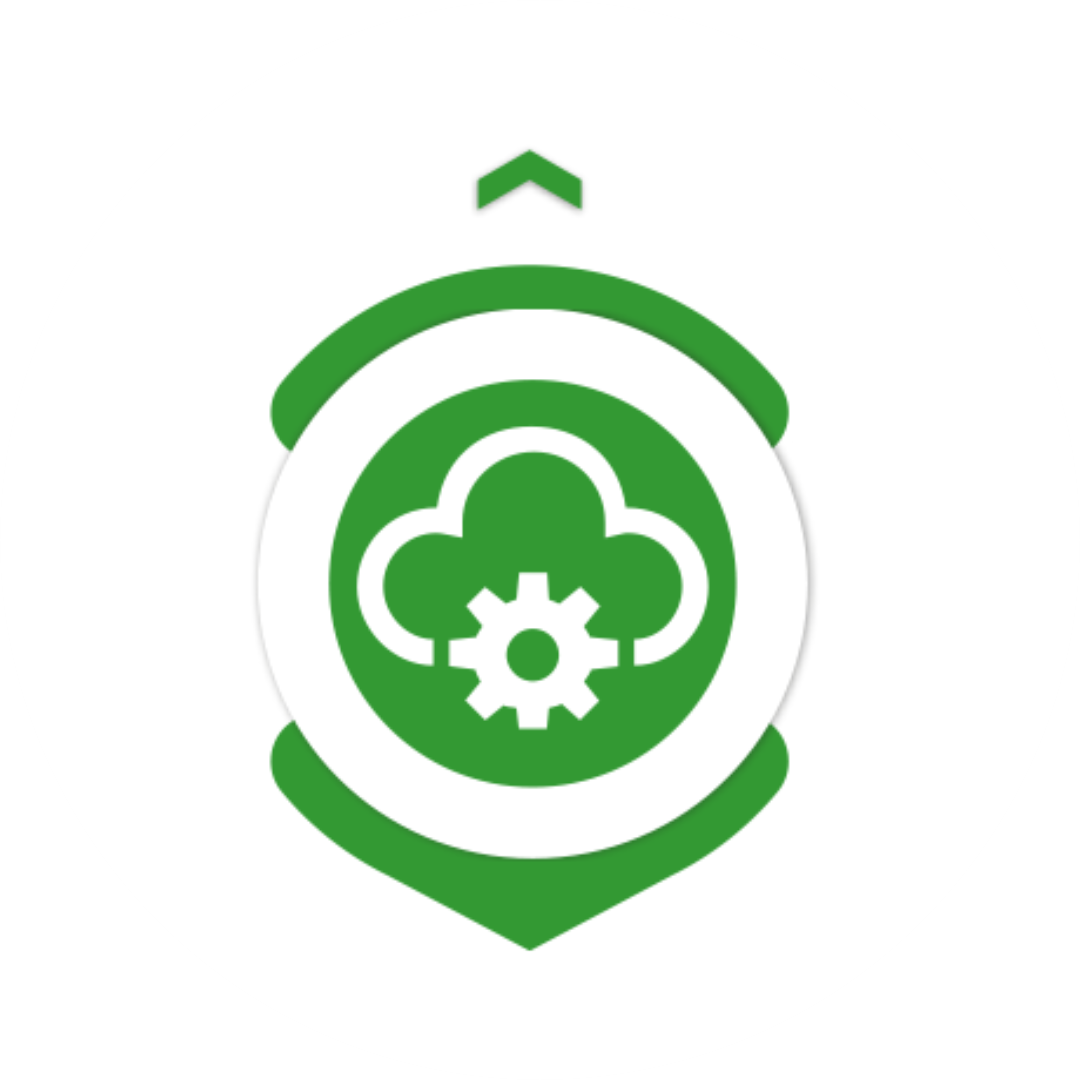
- What have I done to develop my knowledge and skills?
- What went wrong and what did I learn from it?
- What went well and what did I learn from it?
- Who have I asked for interim feedback to see if I am on the right track? How have I weighed feedback and used it to adjust my learning activities?
- What have I learned from lecturers and experts in the field of work?
- What have I learned from feedback I have given to others?
- Does what I am doing match the approach I detailed in my learning plan? Should I adjust my approach, or rather the learning plan?
Step 4: Making learning visible
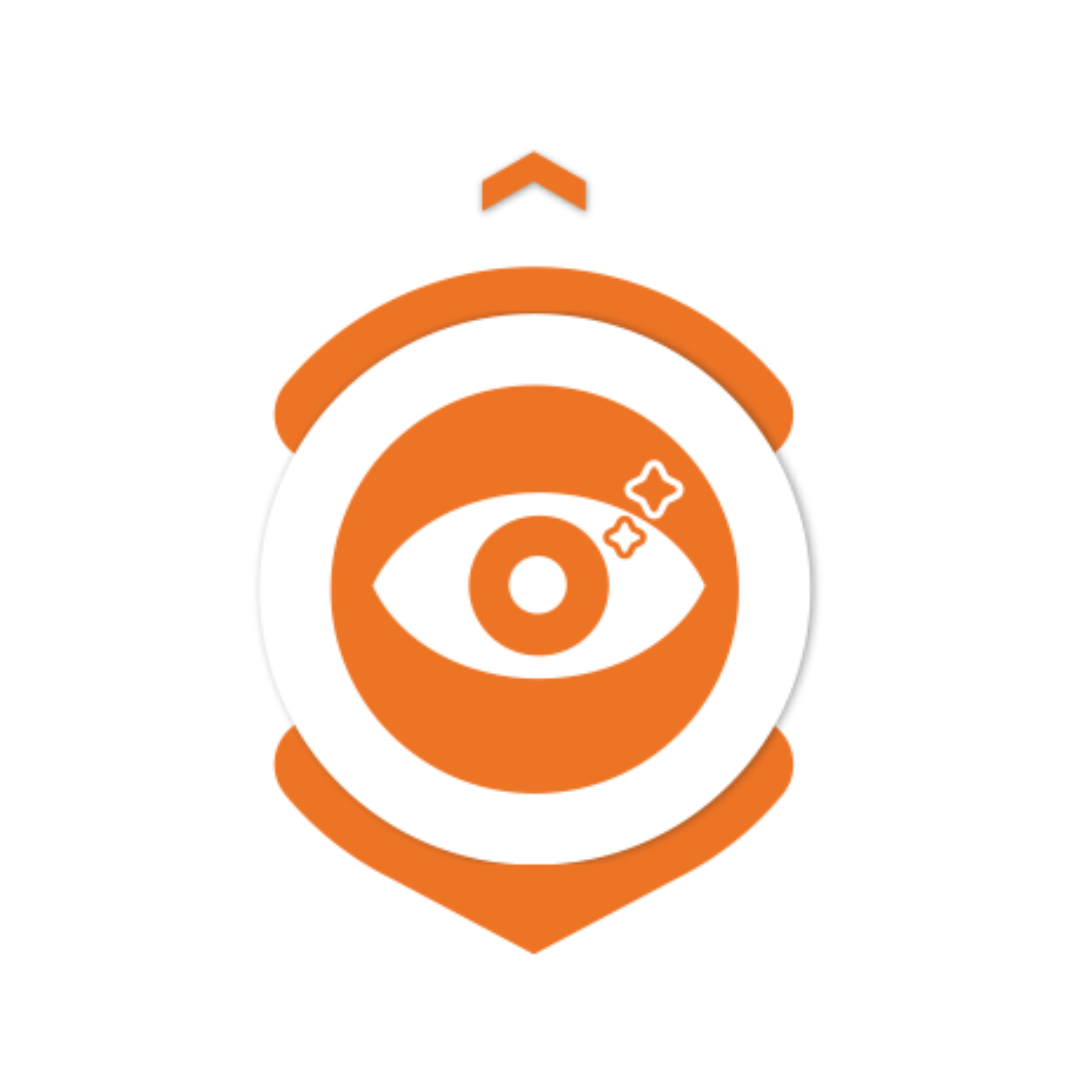
The next step is to make visible what you are learning and what you have learned. In your development portfolio, you collect materials that could potentially serve as evidence. For example, an analysis, a design or prototype, the result of a (knowledge) test, a research report, or evidence from someone confirming how you demonstrated a skill. These materials do not have to be the end result. More often, it is an intermediate result on which you want to continue working. That’s why you ask for feedback.
What if I find dealing with feedback stressful?
Asking for feedback can be stressful, especially if your materials are not yet complete. Feedback can sometimes be contradictory too. You will learn how to deal with this. You will find that the more you do it, the easier it gets. You’ll also visualize what you’ve done with the feedback you’ve received. And you’ll continue trying, practicing, and learning. When you find that you’ve learned enough and you’re satisfied with how you can make this visible, you’re ready for the next step.
- Have I collected different (types of) materials in my development portfolio?
- Do these materials match the learning outcomes I want to demonstrate?
- Do I need any other materials to demonstrate my learning outcomes?
- Have I received feedback from various stakeholders about my learning?
- Have I made visible how I acted on the feedback I have received?
Step 5: Checking in
It is wise to zoom out at regular intervals. You review how your collected materials contribute to the demonstration of learning outcomes. Your development portfolio is the place where you keep track of how far along you are in terms of demonstrating the learning outcomes. Your lecturers, fellow students, and experts in the field of work also review where you are and what you still have to do. This is the moment to start asking for performance feedback. This way, you gain insight into what you still need to do to demonstrate the learning outcomes of the study unit. All follow-up steps are documented in your dynamic learning plan.
How can I ensure a 'check-in'?
A ‘check-in’ can take the shape of an intermediate or a development review, a pitch, or any other form that fits you and your education. Feedback gained from this provides insight into how far along you are in demonstrating the learning outcomes and at what level you’re performing. You can check in multiple times while you navigate your learning process. When you find you have collected sufficient evidence to demonstrate the study unit with learning outcomes, you can move on to the next step.

- Have I made clear where I think I am with regard to the learning outcomes?
- Have I chosen evidence that I believe shows how I have achieved the learning outcomes?
- Does my material meet the expectations as I articulated them at the beginning of the study period?
- Have I visualised any and all feedback from lecturers, fellow students and experts in the field of work in my portfolio?
- Do I know what to do from now on to demonstrate learning outcomes?
Step 6: Preparing portfolio for assessment
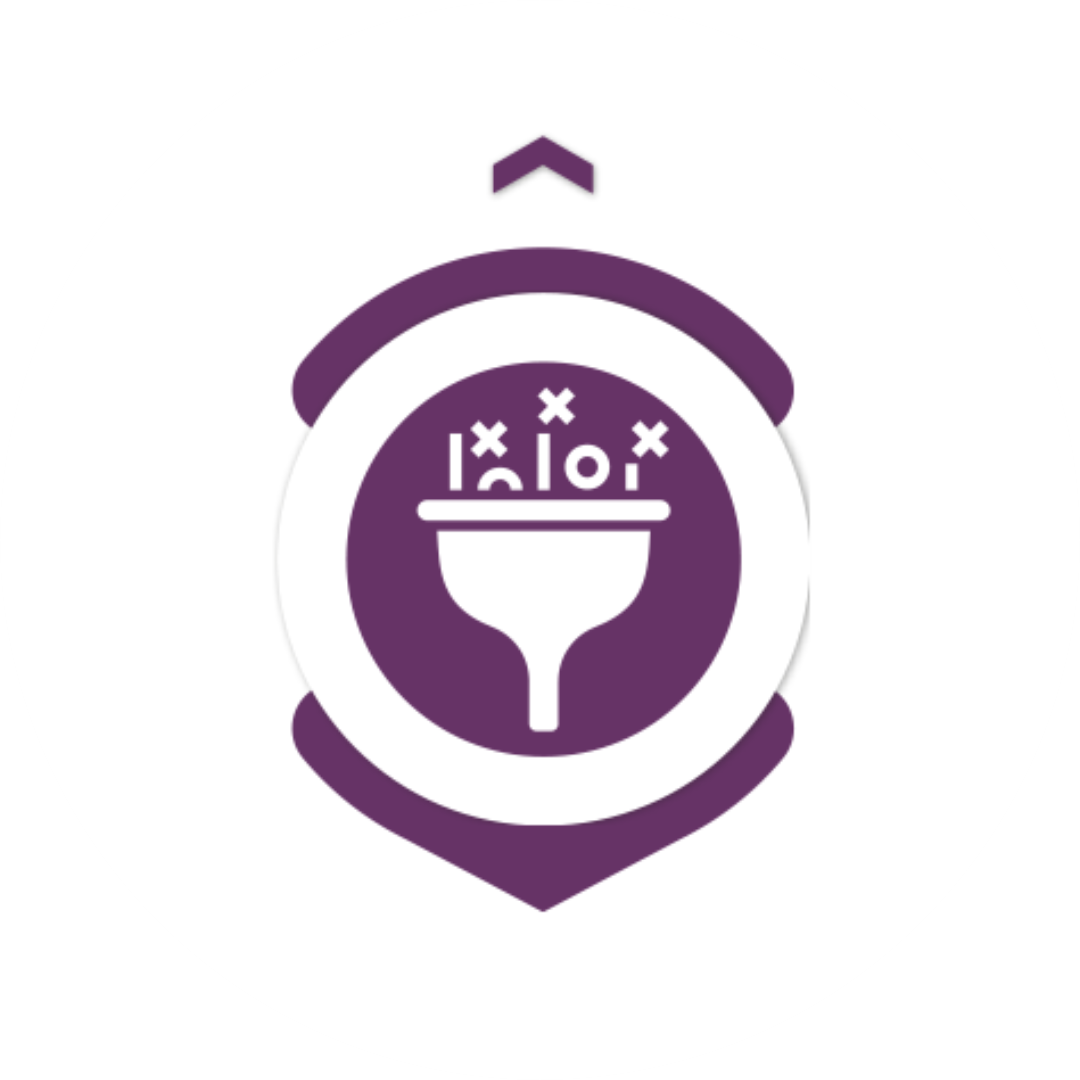
At some point, you will feel you have collected sufficient material in your development portfolio to demonstrate the learning outcomes. You compile your assessment portfolio based on this material. You make this selection based on the expectations you have clarified with each other. This selection includes any mandatory evidence and includes any performance feedback that confirms you are demonstrating the required level. You should be able to explain to the examiners why you selected these particular pieces of evidence to demonstrate the
learning outcomes.
How do I complete the study unit?
You submit your assessment portfolio. This may also require a dialogue with your examiners. Examiners make a decision on your portfolio and substantiate it. This is how you complete a study unit.
- In filtering my evidence, have I paid close attention to the expectations I set at the beginning of the period?
- Have I chosen evidence that I believe shows that I have demonstrated the learning outcomes, including any mandatory evidence?
- Does my assessment portfolio meet the VRAAKKT criteria?
- Have I made it clear why I believe the filtered evidence demonstrates the learning outcomes?
The evidence you selected that you believe demonstrates the learning outcomes of a unit of study.
